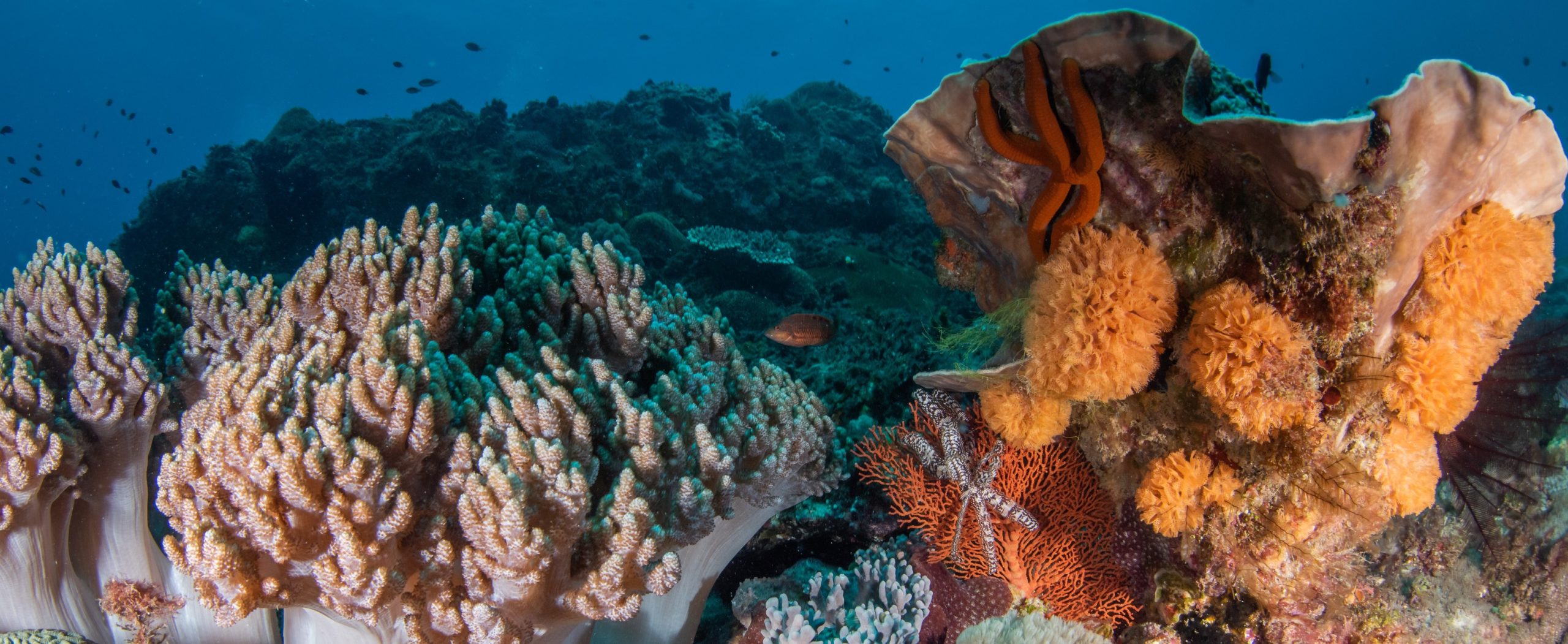The urchin Centrostephanus rodgersii is expanding its range southward in eastern Australia, which has been associated with negative ecological impacts, including shifts from kelp forests to barrens. However, limited analyses are available that examine the factors influencing its abundance and distribution across the entirety of this range. Here, we utilise data from 13,085 underwater visual census surveys, from 1992 to 2022, to develop an urchin density model for C. rodgersii across its historical and extending geographical range. We apply this model to examine whether C. rodgersii densities are increasing and to project future urchin densities by 2100 under IPCC climate scenario RCP 8.5. Significant increases in C. rodgersii densities were detected in data for the South-east marine region of Australia, which encompasses Tasmania, Victoria, and the far south coast of New South Wales (NSW) over the last 30 years. In the Temperate East marine region (encompassing Queensland and NSW waters to 36.6° S), however, no significant increases in densities were observed. Future projections indicated that further substantial increases in C. rodgersii densities are likely to occur in the South-east marine region and substantial reductions in most of the Temperate East marine region by 2100. Importantly, results indicate that current and future changes to C. rodgersii densities in Australia vary among marine regions. Therefore, the future ecological impacts of urchins on temperate ecosystems, including the formation of barrens, will also vary among regions. Consequently, management actions will need to differ among these regions, with the South-east marine region requiring mitigation of the impacts of increasing C. rodgersii densities, whereas the Temperate East marine region may need actions to preserve declining C. rodgersii populations.
